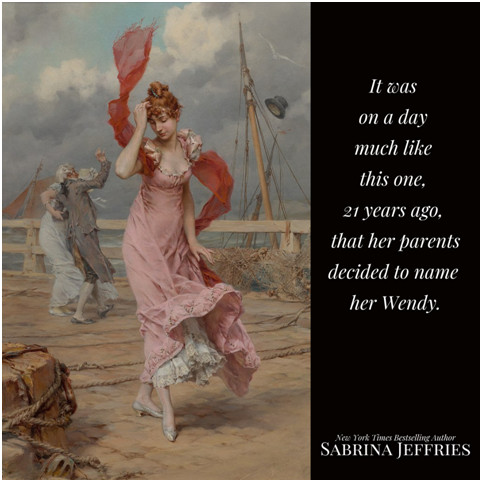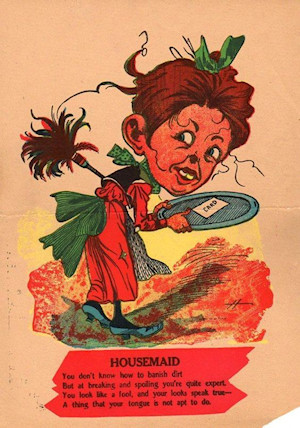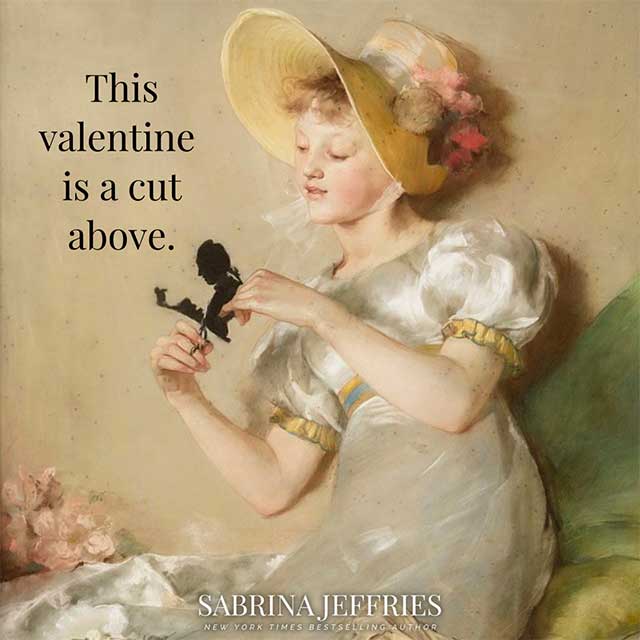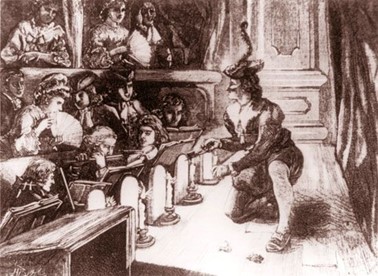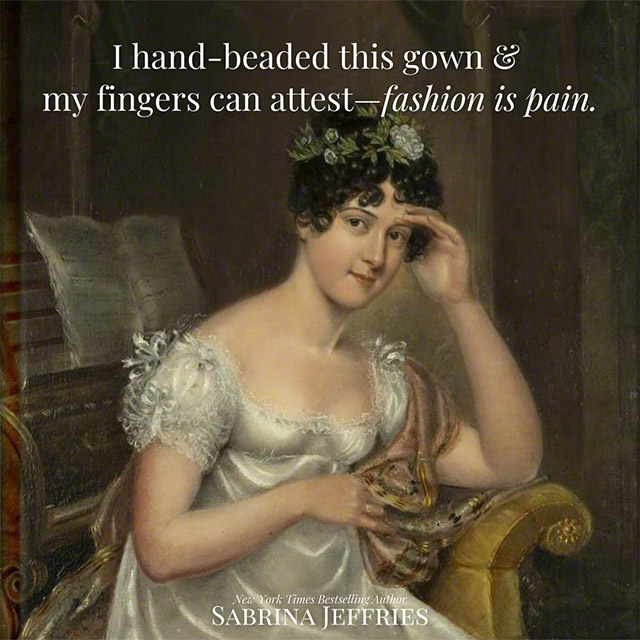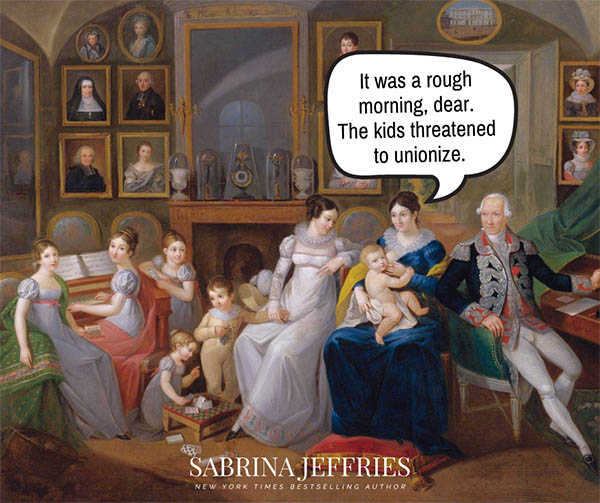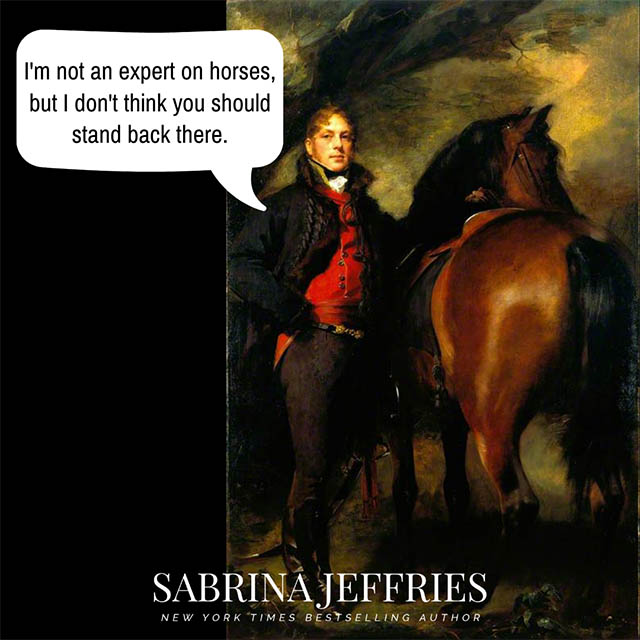Embalming

In honor of Halloween, I thought I’d talk about something rather grisly: embalming. Although it wasn’t popular in the Regency, the rich did tend to do it, especially since it enabled them to have open caskets for public funerals. So Olivia has a legitimate concern when she worries that if Grey’s father was embalmed, she might not be able to tell if he was poisoned. Every undertaker had different embalming methods at this time. How do I know? Because I stumbled across a very interesting source—Civil War era undertakers who shared their “recipes” for embalming fluid in The Era formulary: 5000 Formulas for Druggists! Most of the embalming ones contain arsenic in the form of arsenious acid. Eventually, formaldehyde replaced arsenic in embalming fluid, but that happened after the Civil War. You can find the entire formulary here.


